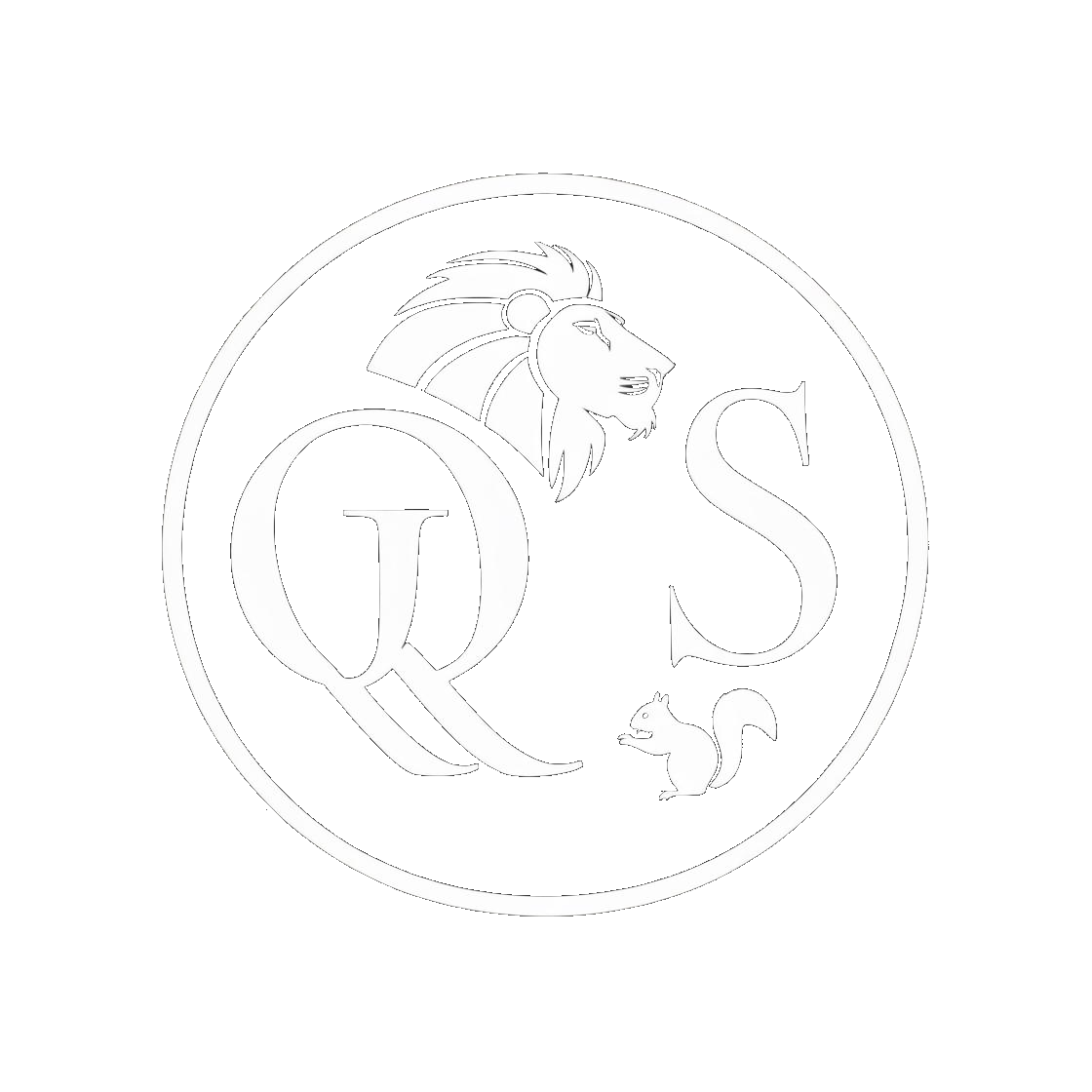Part 1 of 3: How to Set KPIs Before a B2B Conference (and Actually Track Them)
With XP Game Summit just around the corner, I thought now would be the perfect time to kick off a 3-part blog series focused on event strategy. I’ll walk through what to do before, during, and after a B2B show. At the end of the series, I’ll share my personal event tracking template so you can download and customize it for your own needs.
Let’s start with what you should be doing before you step onto the show floor.
Plan with Intention
If you're spending company money to attend an event, you should have a clear plan. Gut instincts are great, but they aren't enough to justify budget spend. Every move you make should drive revenue, relationships, or brand growth.
So if you're heading to XP Game Summit in June, that’s great. Let’s connect. But first—what does success look like for you?
Here are a few questions to guide your planning:
Are you trying to grow your social media presence? Take a snapshot of your current follower count on platforms like LinkedIn, Twitter, or Instagram. Write it down. Set a target for post-event growth. Even if you’re unsure, put down a placeholder goal. This gives you a baseline to build from.
Do you want more meetings on the calendar? Track how many are already scheduled before the event. After the show, compare. Did your presence lead to new meetings or deeper follow-ups?
Are you handing out swag or marketing materials? Make a note of how much you’re bringing and set a target for how much you hope to give away. This helps with both budgeting and engagement tracking.
Define Your Follow-Up Strategy
This one’s key. I define two types of follow-ups for my teams:
Soft follow-up: A vague next step. “Email me sometime” or “Message me on LinkedIn.”
Hard follow-up: A confirmed next step. A booked Zoom meeting. A calendar invite. Something with commitment.
When you set your KPIs, track how many of each kind you’re aiming for. The number of hard follow-ups you leave with is a great indicator of how much traction you gained.
Here are some KPIs that I suggest tracking. What’s on your list?
Start Tracking Costs Early
The second you spend your first dollar on the show, start tracking your expenses.
We often remember to count the obvious: ticket price, travel, hotel, food. But don’t forget the indirect costs too:
Branded clothing
Updated business cards or marketing material
New shoes or attire if the event is more formal
Pre-show social media ads or email marketing campaigns
Try to align these expenses with your profit and loss categories if you can. If not, just keep them categorized in a way that makes sense to you. The important thing is that you're not flying blind on budget.
Final Thought
Before you step foot on the show floor, you should already know what success looks like. Do you have a plan? Are your goals measurable? If not, don’t worry. That’s what this series is here for.
Feel free to message me if you’re attending XP Game Summit or another B2B show this year. I’d be happy to talk through your pre-show strategy and help you set benchmarks that actually mean something.
Next week, I’ll cover what to focus on during the event—so you’re not just busy, but productive.
Lesson Learned:
When you walk into a B2B show with clear goals, the entire experience changes. You get more focused conversations, stronger follow-ups, and measurable ROI. Planning with intention turns a good show into a great one.


